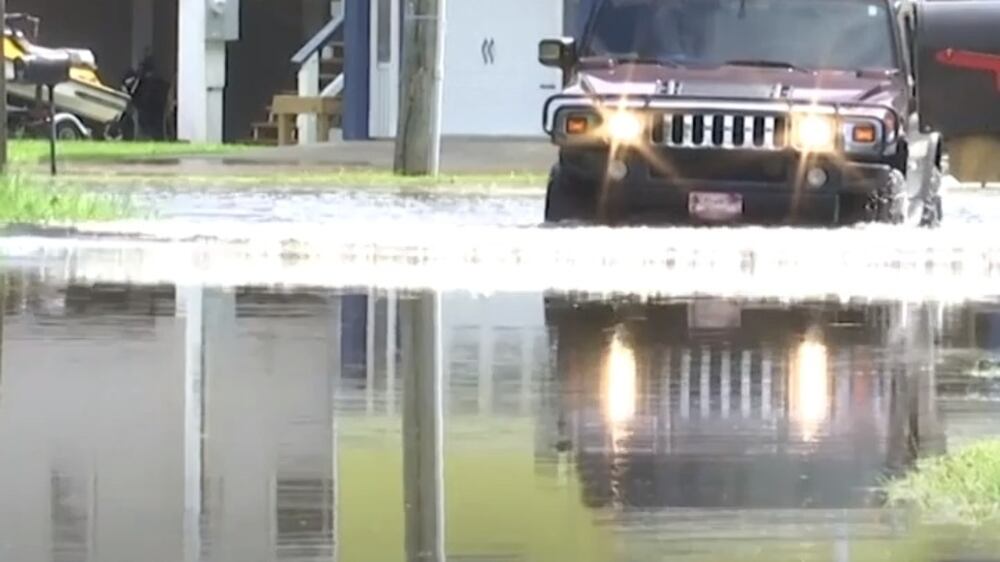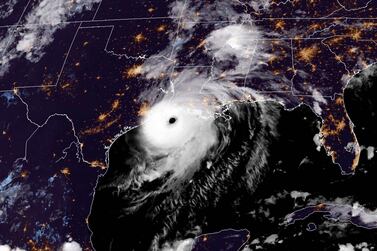Hurricane Sally drew closer to the US Gulf coast on Tuesday morning, taking heavy rain and surging water ahead of its expected landfall as a Category 2 hurricane, with the chance of strengthening possible.
The second strong storm in less than a month to threaten the region, Sally's winds increased to 160 kilometres per hour, and by late Monday it was 90 miles east of the mouth of the Mississippi River, the National Hurricane Centre (NHC) said.
It could hit the Mississippi and Alabama coasts on Tuesday with winds of up to 177kph, on the cusp of becoming a Category 3 hurricane on the five-step Saffir-Simpson scale of intensity, the NHC said.
Hurricanes are considered to have the potential for great damage when they carry sustained winds of more than 179kph.
Mississippi and Louisiana called for evacuations of low-lying areas. President Donald Trump issued an emergency disaster declaration for both states. Alabama closed the state's beaches and recommended residents be moved from low-lying areas.
Sandy Stimpson, the mayor of Mobile Alabama, told residents he expected a "tremendous amount of flooding" and said the city was barricading intersections that were likely to flood.
Ports, schools and businesses along the coast closed. The US Coast Guard restricted travel on the lower Mississippi at New Orleans to the Gulf, and closed the ports of Pascagoula and Gulfport in Mississippi, and Mobile.
Energy companies buttoned up or halted oil refineries and pulled workers from offshore oil and gas production platforms.
The hurricane was expected to drop between eight and 16 inches of rain on the coast, with isolated 24-inch downpours, and cause widespread river flooding.
Mississippi appears more likely for landfall, but Sally's biggest threat is that it will be a rainmaker across a wide part of the Gulf coast, with three to four inches in areas as far inland as Atlanta, Georgia, said Jim Foerster, chief meteorologist at DTN, an energy, agriculture and weather data provider.
Sally is the 18th named storm in the Atlantic this year and will be the eighth of tropical storm or hurricane strength to hit the US – something "very rare if not a record", said Dan Kottlowski, senior meteorologist at AccuWeather, noting that accurate data on past tropical storms can be sketchy.







